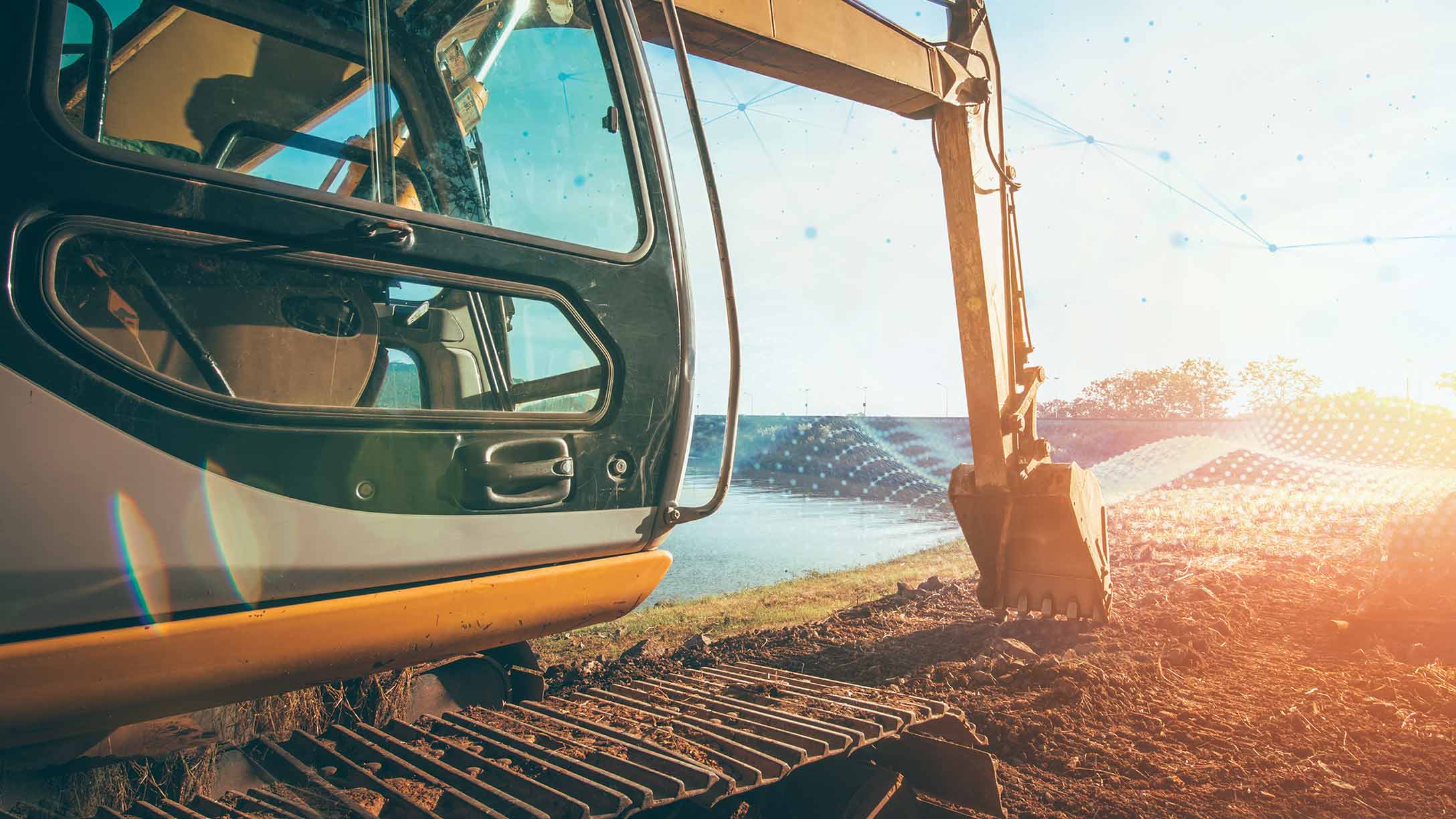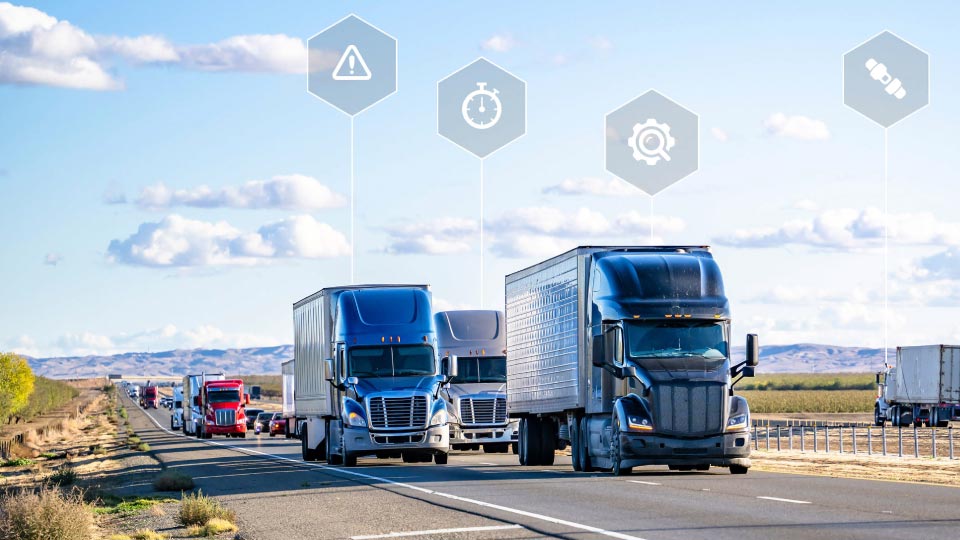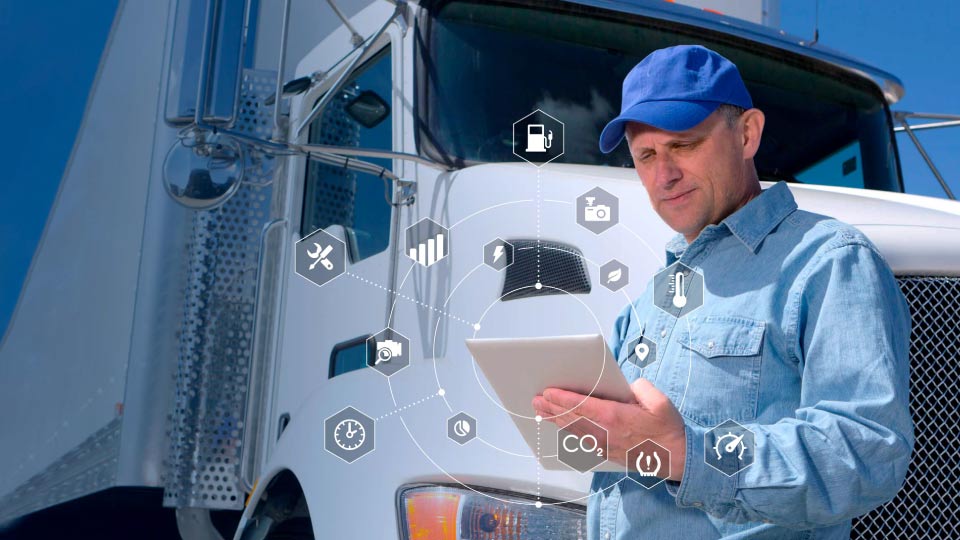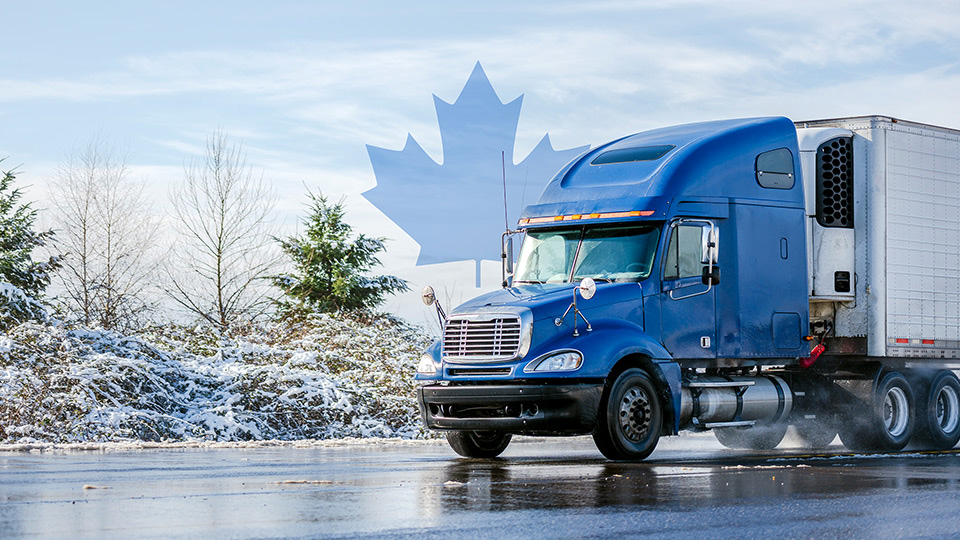
When and how to expand telematics coverage in off-road fleets

Table of Contents
Many off-road fleets have used telematics systems to coordinate and improve operations. Many of these legacy systems will unfortunately lose functionality as part of the upcoming shutdown of the 3G networks. Fleets faced with upgrading their telematics systems can take the opportunity to investigate and adopt new technology, and increase coverage among existing assets to get more value from their platform. This white paper describes how to tell if your off-road fleet can benefit from expanded and more advanced telematics implementation.
Identifying where coverage is needed
Telematics can benefit fleets in three major ways: costs, coordination and clarity. Large fleets use telematics to manage all three aspects, while small fleets may only need help with one or two. Regardless of how large or small a fleet may be, their efficiency is intimately tied to how much information managers have available to use for decision-making. This is especially true for off-road fleets, where gaps in knowledge can have cascading effects and delay entire work sites.
You can identify where expanded telematics coverage will have the greatest impact by looking for these information gaps or by considering situations where a lack of knowledge is restricting policy action.
Costs
Fuel and maintenance costs are heavily impacted by operator behavior. Individual actions such as idling a vehicle can add up to significant wear-and-tear and fuel expenditure when done across an entire fleet. These behaviors are easy for individuals to dismiss or not even think about in the moment, so their extent is easy to underestimate. When left unchecked, however, these costs can quickly add up.
A general rule of thumb is that maintenance costs should equal around 2-5% of an asset’s replacement value. Failure to properly tend to an asset’s needs or control its wear can instead see costs balloon to up to 15% of value.¹
Expanded telematics coverage gives a full, fleet-wide view of how equipment is treated and identifies the assets, drivers and locations most responsible for expensive habits. Fleets can and have cut idling by up to 30% or more through telematics.² Spotting and addressing driver habits alone can reduce fuel costs by 4%.³ If these potential savings are noticeable at your fleet’s scale, then you are a strong candidate for full telematics coverage.
Coordination
A fleet is at its most efficient when deployment matches demand. This principle is simple in abstract but becomes harder in practice. When assets are constantly on the road or distributed across different work sites, it becomes easy to lose track of individual equipment or have them too far away from other sites. Small fleets in particular may feel the strain of competing priorities, where the number of sites that need a given asset outnumber the amount you have available.
This challenge can be met with full telematics coverage and an associated fleet management platform.
How telematics helps:
- Full, up-front visualization of asset locations allows managers to set up deployments across their fleet.
- Managers can create (or avoid) overlapping coverage zones of different assets.
- The current status of assets at each worksite can be viewed at-a-glance. This allows unused equipment at one location to be quickly identified and directed to other sites where they are needed, thus maximizing uptime of what would otherwise be an underutilized asset.
- Simplify maintenance scheduling for assets to minimize disruption. Asset uptime is also impacted by how often a given piece of equipment is down for unexpected maintenance.
The increased connectivity and awareness provided by telematics has the potential to cut unplanned downtime by up to 80%.4
Clarity
It is important to remember that telematics handles more than how an asset is driven or where an asset is located. Telematics coverage also helps ensure that you have full transparency about an asset's status and overall health.
When a fault occurs, your telematics device will be able to read the diagnostic code (assuming OEM integration) and precisely identify where and what the problem is. Detailed fault information is vital for off-road fleets, since no one wants a technician to be dispatched only to find out that the problem wasn’t something they brought a tool for. Unplanned downtime should make up no more than 10% of an asset’s total hours, and this number can go down even further with proper planning and engine transparency.
Telematics also allows managers to observe how an off-road asset is used in addition to how it is operated. Managers can map worker activity against productivity goals by tracking the use of tools such as plows or buckets and elements like load and dump times. These utilization reports also let managers determine what types of equipment, and how much, a given job may require. This is especially important when bidding on contracts.
Having full transparency of worker hours, asset utilization and fuel consumption means you can be much more accurate when placing bids and better define your business against the competition.
When is the best time to evaluate and expand your telematics coverage?
There is no “wrong” time to assess and increase your fleet’s telematics coverage. However, implementation will be easier if you take advantage of an existing transition point. Here are a few examples that off-road fleets are likely to encounter within the next two years.
3G network shutdown
Legacy telematics devices that only operate on 3G will stop functioning when the network is eventually shut down. While the date for this shutdown will vary by provider, it is expected to begin in earnest in 2022. Only devices which are 4G-capable, and their service plans, will continue to work after this time.
If you already plan to upgrade your legacy telematics devices due to the upcoming 3G shutdown, it will be logistically easier and cheaper to add new devices to your assets at the same time. This also applies if fleets are performing any other type of hardware change, such as upgrading to the GO9 RUGGED on off-road assets.
Project demands
The U.S. House of Representatives passed a $1.5 trillion infrastructure stimulus bill at the start of July 2020. This presents significant business opportunities for off-road fleets, but only if they adapt to the demands of these new projects. State and local agencies have been moving towards digital project management in recent years, and fleets who can interface with these systems will have an advantage over the competition.
Upgrading to a telematics platform that supports on-site planning, digital permit verification, inspection reports and other key compliance measures will be essential for fleets to stay competitive for new contracts5.
Expansion
As business expands and new opportunities emerge, even the most agile off-road fleet will need to add new assets. New assets will naturally require new telematics devices, but this may pose problems if the new assets are also of a different type than your existing fleet. Electric, on and off-road vehicles each have different data management needs and a device that supports one will not necessarily support all three. Upgrading your entire fleet to a telematics platform that can support mixed asset types will maximize the value and number of insights your telematics can produce.
Depending on the type of fleet management system you use, it may also be possible to unify your existing assets under a single platform without adding new devices. For example, fleets can pull data from numerous OEM devices and integrate it into MyGeotab through APIs, without requiring additional hardware. This is especially valuable if your fleet makes use of mixed assets from different manufacturers, since each OEM uses their own proprietary data format. Switching to an integrated fleet management system will allow you to unify assets and gain the benefits of full telematics coverage.
Benefits for operators
It is important to remember that expanding telematics coverage helps more than just management. For example, geofencing can be used to create specific “no-go” zones around areas workers need to avoid. These could be areas with sensitive underground structures such as water mains or cables, or parts of the yard or worksite where a given asset cannot be maneuvered safely. Workflow processes and compliance tasks can be automated to reduce paperwork burdens and let workers invest more time in their main duties.
The transparency offered by telematics also allows for improved employee coaching. Custom safety rules, such as specific speed limits within a worksite, can be easily defined and used to identify drivers in need of additional coaching6. Drivers can be worked with early to mitigate any risks that could arise in the future. Other specific features, such as safety checklists, can not only reduce the overall rate of worksite accidents but help companies indemnify themselves should the unfortunate occur.
Taking the steps to ensure fleet-wide telematics coverage helps improve all aspects of your operation, from asset efficiency to employee safety and satisfaction.
Post Tags
About Geotab
Geotab is a global leader in connected vehicle and asset solutions, empowering fleet efficiency and management. We leverage advanced data analytics and AI to transform fleet performance, safety, and sustainability, reducing cost and driving efficiency. Backed by top data scientists and engineers, we serve over 55,000 global customers, processing 80 billion data points daily from more than 4.7 million vehicle subscriptions. Geotab is trusted by Fortune 500 organizations, mid-sized fleets, and the largest public sector fleets in the world, including the US Federal Government. Committed to data security and privacy, we hold FIPS 140-3 and FedRAMP authorizations. Our open platform, ecosystem of outstanding partners, and Marketplace deliver hundreds of fleet-ready third-party solutions. This year, we're celebrating 25 years of innovation. Learn more at www.geotab.com and follow us on LinkedIn or visit Geotab News and Views.
© 2025 Geotab Inc.All Rights Reserved.
This white paper is intended to provide information and encourage discussion on topics of interest to the telematics community. Geotab is not providing technical, professional or legal advice through this white paper. While every effort has been made to ensure that the information in this white paper is timely and accurate, errors and omissions may occur, and the information presented here may become out-of-date with the passage of time.
Recent News

Geotab Ace: Revolutionizing Fleet Management with Responsible Generative AI
December 2, 2024

4 ways to unlock the power of quality data
June 30, 2023


Your comprehensive guide to the Canadian ELD mandate
May 16, 2022